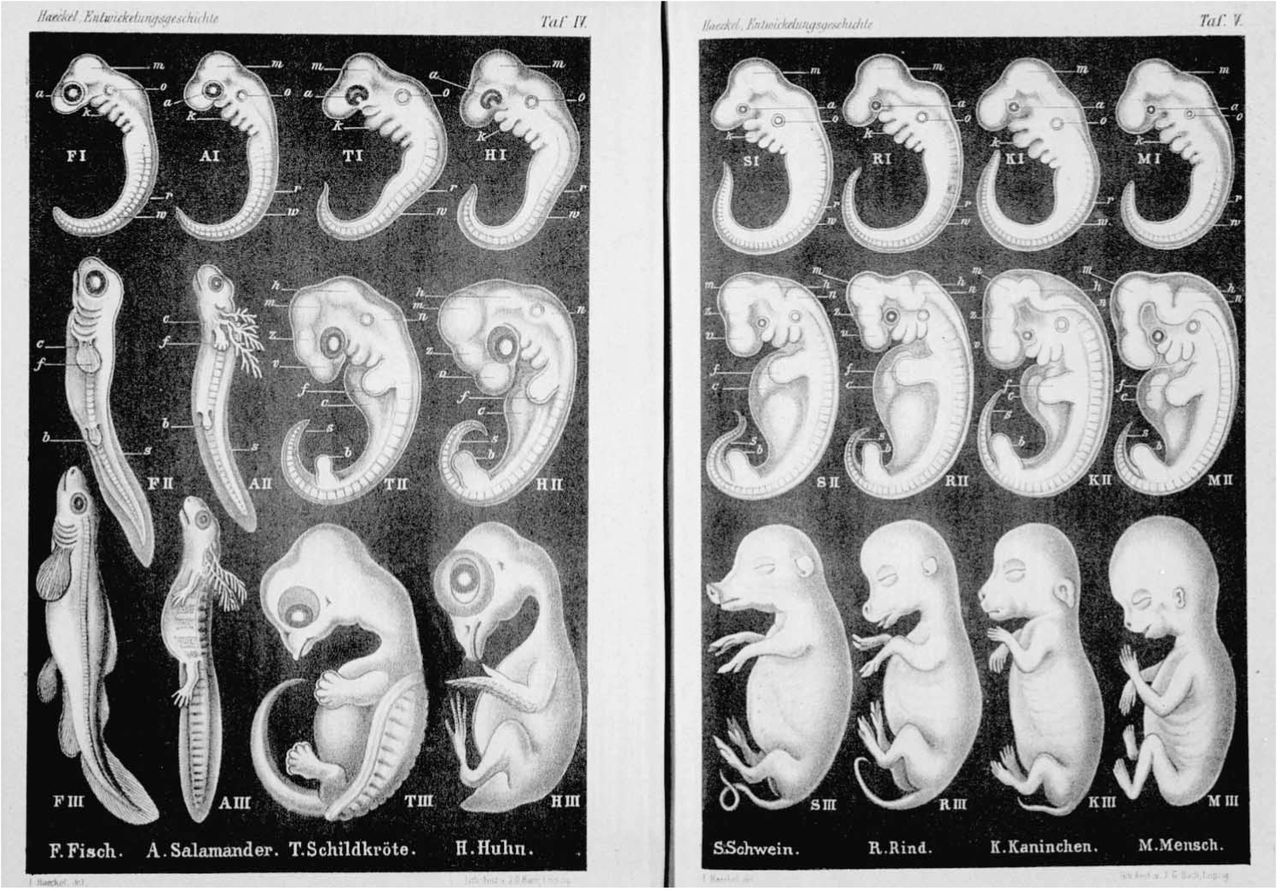 |
| Genghis Khan. Unknown artist. |
A technical paper published a few days ago in the European Journal of Human Genetics shows how, at least in humans, genes can increase in frequency in a population not necessarily because they represent an adaptive advantage in their own right but because they are bound to other replicators, such as cultural memes, which give them an advantage. This linkage may be entirely due to chance.
For example, a culture which is hierarchical and expansionist, and especially where sons inherit the power, authority and privilege of their fathers, may facilitate the spread of genes carried by powerful men, especially where power gives access to females and comes with a higher standard of living so children are more likely to survive. The actual genes benefiting from this may be completely unremarkable.
This paper found that it was possible to identify a number of clusters of particular haplotype of the Y-chromosome (only carried by males and so indicating the male inheritance line). By counting the number of mutations in a given region of the Y-chromosome and assuming a regular mutation rate, it was possible to estimate the time when this variant arose in human evolutionary history. By assuming that the geographical location where most diversity was found was close to the place where the variant originated it was possible to estimate a likely place where this variant arose.










